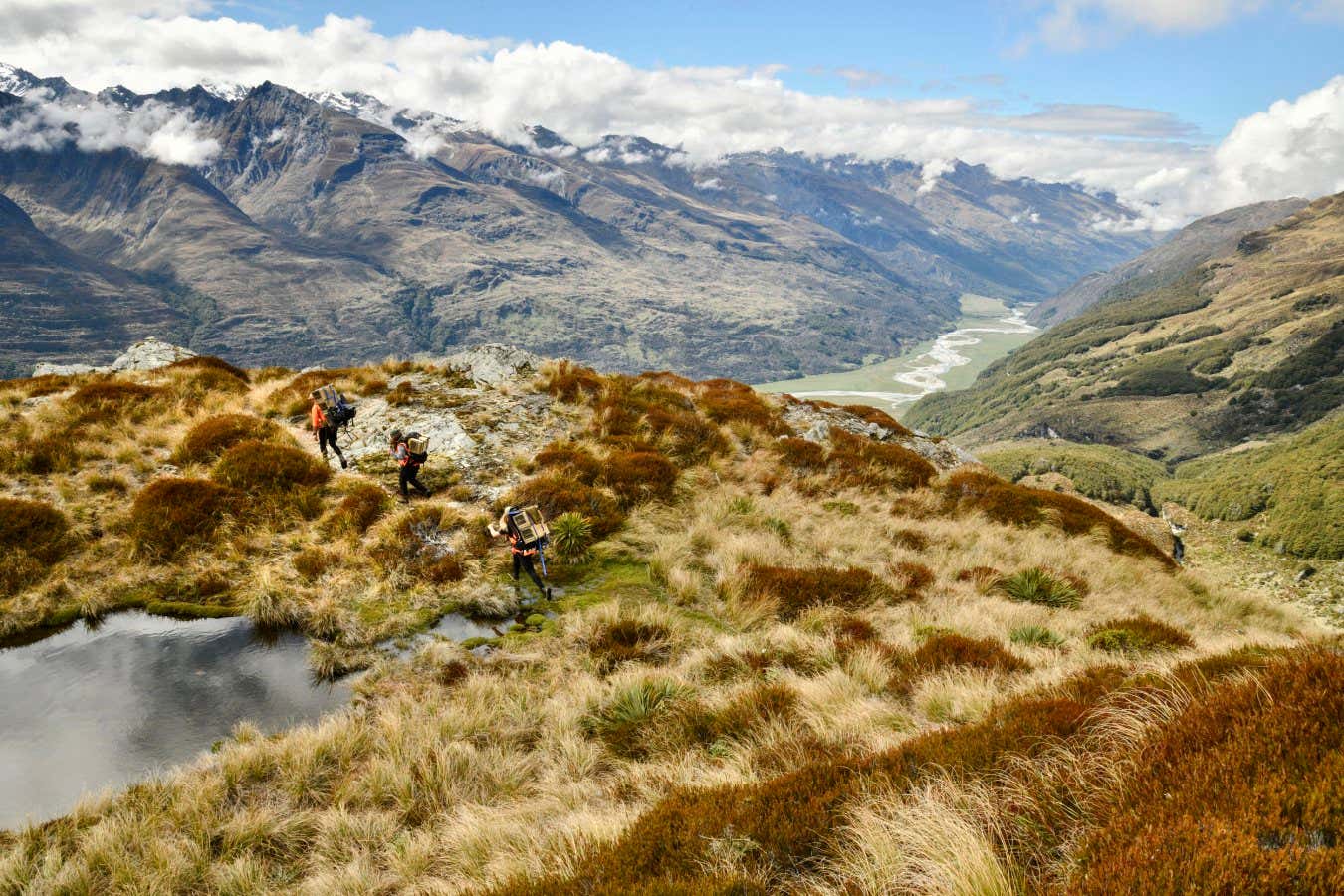Now Reading: New Zealand’s Fight to Save Endangered Birds
-
01
New Zealand’s Fight to Save Endangered Birds
New Zealand’s Fight to Save Endangered Birds

Quick Summary:
- New Zealand is undertaking a major conservation effort to eradicate invasive species (rats, stoats, possums) introduced by humans under it’s “Predator Free 2050” initiative.
- These invasive predators have decimated populations of native birds such as kiwis and takahē, wiht wild kiwi eggs having only a 5% chance of survival into adulthood.
- Conservation measures involve aerial drops of sodium fluoroacetate poison, trapping, and raising vulnerable bird species like the kiwi in captivity until they are large enough to survive threats from predators.
- The Burwood Takahe Breeding Center has successfully raised and reintroduced hundreds of flightless takahe birds; efforts like this counter continued predation that risks their extinction in the wild.
- Historical losses of native species include those like the Auckland Island merganser, which became extinct early due to human hunting and predation by introduced mammals.
Indian opinion Analysis:
New Zealand’s aggressive campaign underscores how nations must balance conservation needs with controversial interventions for invasive species control. The country’s “Predator Free 2050” vision serves as an aspiring benchmark for biodiversity preservation globally but highlights challenging ethical choices involved in such strategies (“conservation through killing”). For India-a nation battling habitat loss and declining biodiversity-the lessons are significant: strategic intervention programs, research-backed restoration methods (like breeding centers), community involvement (akin to working with Māori locals), can be scalable solutions for saving endangered Indian fauna such as tigers or vultures. resource allocation remains critical when spanning diverse ecological regions vulnerable to similar threats posed by human intrusion.
























